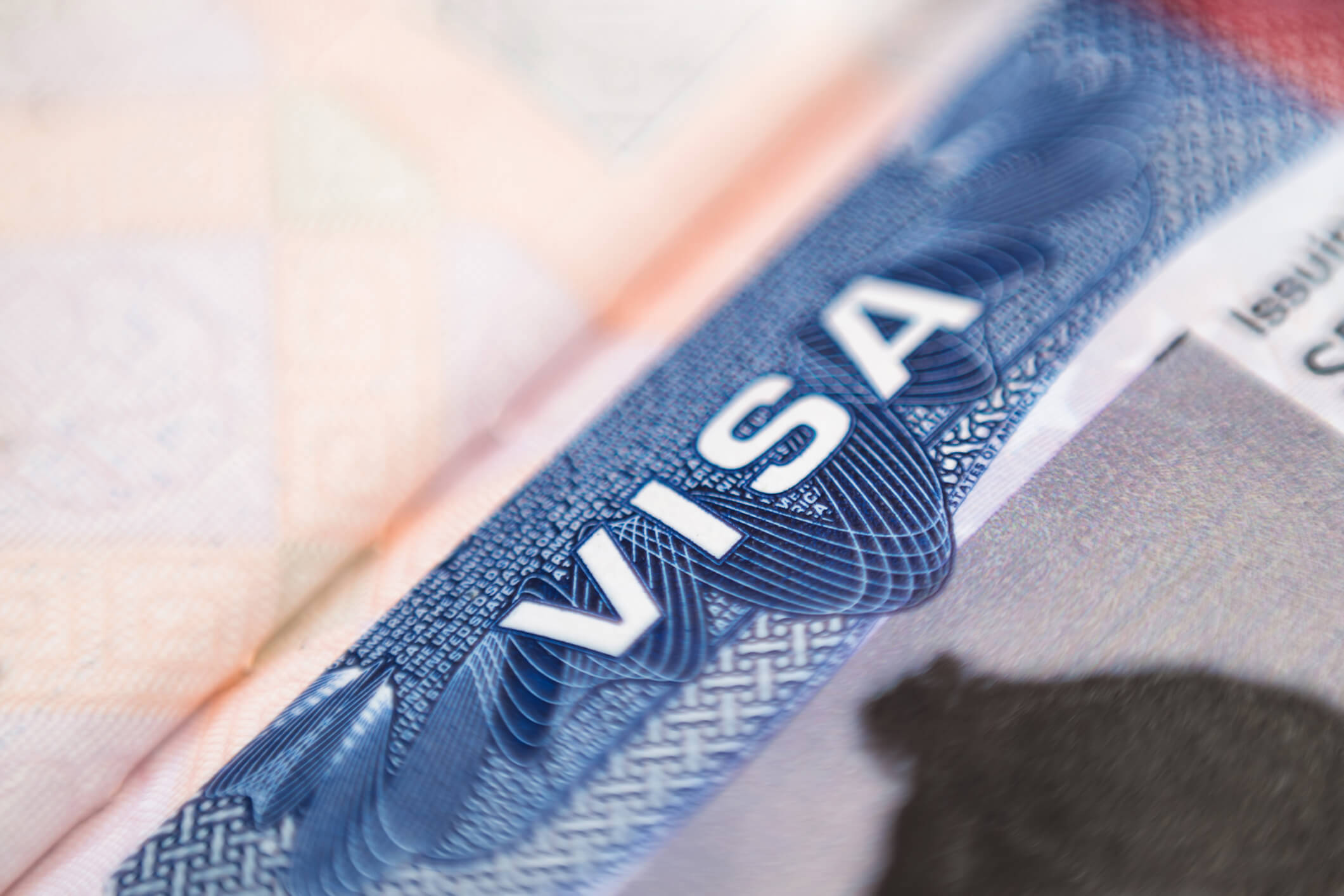Employers and their attorneys monitor the U.S. Department of State (DOS) Visa Bulletin to determine when sponsored employees may file adjustment of status applications on Form I-485 (the last step in the permanent residence process). While, in general, the adjustment application may be filed during the month in which the Visa Bulletin is current for the related visa category and country of chargeability, it is important to note that simply because it appears from the Visa Bulletin that those with a certain priority date are current, occasionally the visa numbers are exhausted during the posted month, causing the U.S. Citizenship and Immigration Services (USCIS) to potentially return I-485 filings for which there are suddenly insufficient numbers.
This was precisely the scenario that ensued when, as a result of heavy demand for India EB-2 (Employment-Based, second preference) immigrant visa numbers, the November 2013 available visa numbers were exhausted earlier than anticipated. In a recent update to the American Immigration Lawyers Association (AILA) regarding priority dates, immigrant visa usage, and anticipated demand in the employment-based immigrant visa categories, Charles Oppenheim, Chief of the DOS’ Immigrant Visa Control and Reporting division, explained that the unprecedented demand in the India EB-2 category meant that, as of November 20, 2013, no additional EB-2 numbers could be allocated to EB-2 India adjustment of status applications with priority dates after November 2004 (the cut-off date in the December and, more recently, January and February Visa Bulletins). This was the case even though the November Visa Bulletin had not yet retrogressed.
The cut-off date for November was actually stated to be June 2008, but, with the DOS receiving approximately 150 visa number requests per day between November 10 and November 20, 2013, those immigrant visas were quickly depleted. A majority of the available visa numbers were allotted to cases in which the beneficiary had established a priority date in the EB-3 (Employment-Based, third preference) category, and subsequently qualified for an “upgrade” to EB-2.
Practically speaking, Indian nationals in the EB-2 category with priority dates between November 2004 and June 2008 may not have had their adjustment applications approved in November 2013, despite the fact that their priority dates appeared to be current in accordance with the November Visa Bulletin. These cases will remain pending with USCIS until the priority cut-off date moves forward. Eligible EB-2 Indian nationals with priority dates of November 2004 and earlier will still be able to file their immigrant visa and adjustment of status applications. As we reported in the October/November 2013 issue of the Immigration eAuthority, the priority cut-off date for India EB-2, which has retrogressed to November 15, 2004, will possibly only advance to around December 2008 towards the end of the fiscal year, in August or September 2014.
The DOS official’s statements are mere predictions, though, and are subject to change based on usage, fluctuation in demand, or new developments. According to the DOS, there are several factors that will affect the forward movement of the India EB-2 category, including:
- unused visa numbers in the EB-1 (Employment-Based, first preference) category that would then become available for the EB-2 quota;
- the number of worldwide “upgrades” from the EB-3 category to the EB-2 category;
- the volume of EB-2 India visa numbers allocated to applicants with priority dates before November 2004; and
- the diminished total worldwide quota, which is comprised of approximately 8,000 fewer visa numbers than in the previous year.
Ogletree Deakins helps clients respond to cut-off date movement by generating priority date reports and notifying clients who are qualified to begin the final phase of their lawful permanent resident application process. We will continue to work with employees with current priority dates to ensure that their cases are ready to file and to keep their permanent residence process moving forward. We closely monitor priority date advancements and demand in the employment-based immigrant visa categories, and we will provide updates and further clarification as more information about immigrant visa availability becomes available.




